7 May 2018
These Gorgeous Plastic Mats are made from Recycled Plastic Bottles and Shopping Bags!
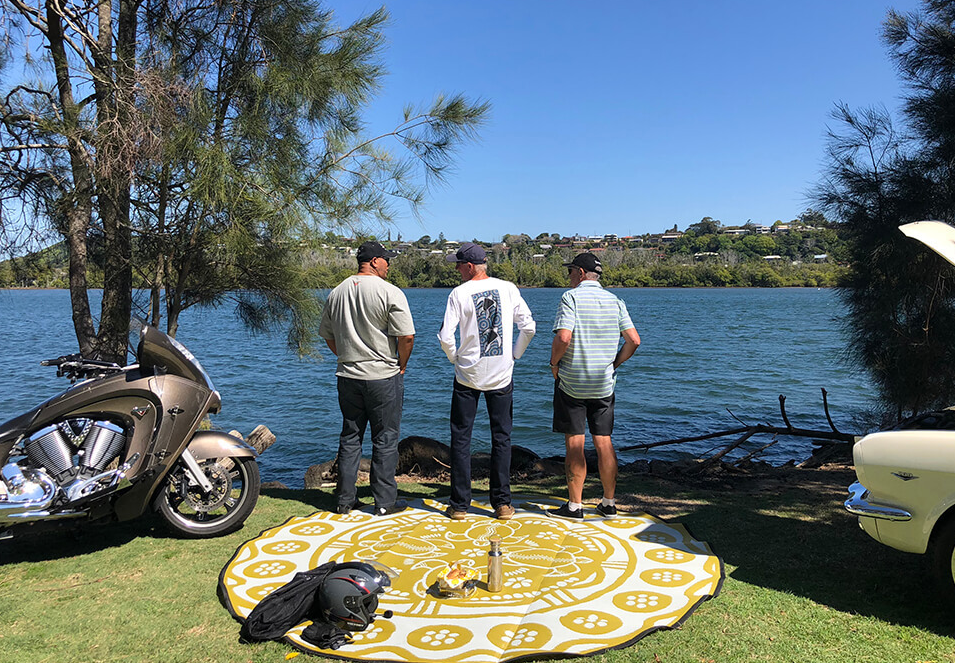
Search Results:
Search Results:
7 May 2018

At Recycled Mats, our main offering is stylish recycled plastic mats that can be used as picnic rugs, at the beach, in the garden or home, and on holidays as caravan mats, camping mats and under shade shelters to keep the dirt, sand, and mud away.
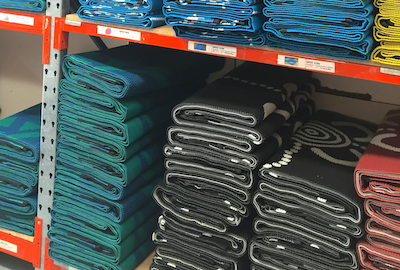
We know some people use our mats as plastic floor carpet indoors, as LEGO play mats in children's bedrooms (it's easy to pick up the mat and use it to slide the LEGO back into it's box when you are done), in the kitchen and as hall runners to prevent stains, as kids floor mats and floor protector mats, and as floor mats in lounge rooms and dining areas too.
These wonderful ethically-manufactured plastic mats are made from recycled polypropylene. Here’s a list of the plastic products made from polypropylene that are melted down and reused in the creation of our plastic mats.
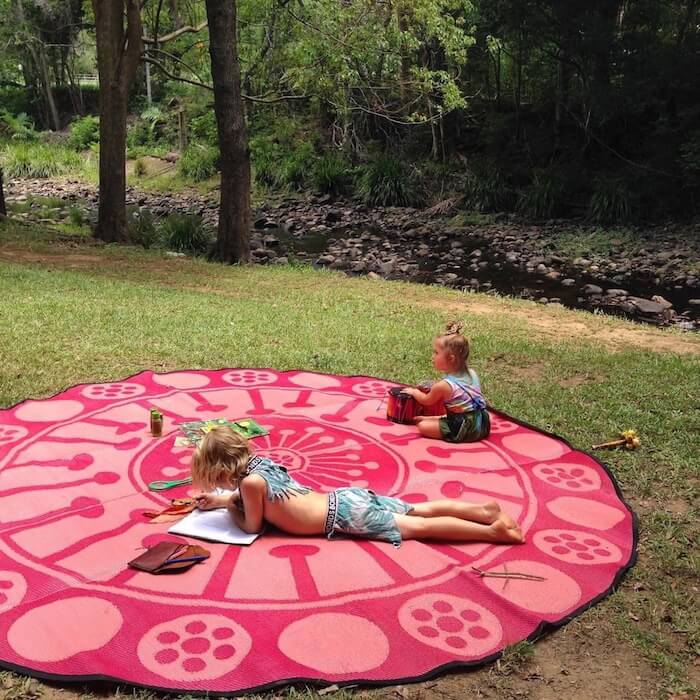
Plastic polymer is simply not landfill friendly as it takes years and years for the plastic polymer threads to break down, but luckily it can be recycled for many other uses. One of these uses is as the material for the gorgeous multi-coloured plastic mats designed by the artists who work with Recycled Mats.
We are often asked: "are plastic rugs comfy and soft enough to sit on?"
Our customers agree that our recycled plastic mats are super comfy and surprisingly comfortable to sit on whether the plastic rug be on sand, on grass, in a garden or at a rocky beach.
It’s a bonus that these plastic mats look good too!
The eye-catching designs, inspired by Indigenous Australian culture, Maori traditions, and Islander motifs, combine stylish design and practicality so your next outing is just perfect. Recycled mats come in a variety of shapes and colours too, so there's one for every taste. It's true – it is possible to create stylish, cool décor for inside and out without destroying the planet!
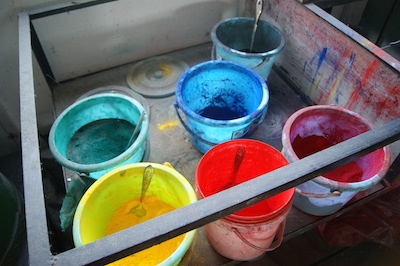
Each outdoor plastic rug is made in a neighbourhood factory employing local women and men, helping these artisans to provide for their families. The process is as follows. First, old recyclable plastics are melted down and stored in giant vats in syrup form. Each vat is coloured individually and the coloured mixture is then fed through a ‘piping bag’ style implement to form long thin threads that, when cooled, remind us of uncooked spaghetti strands.
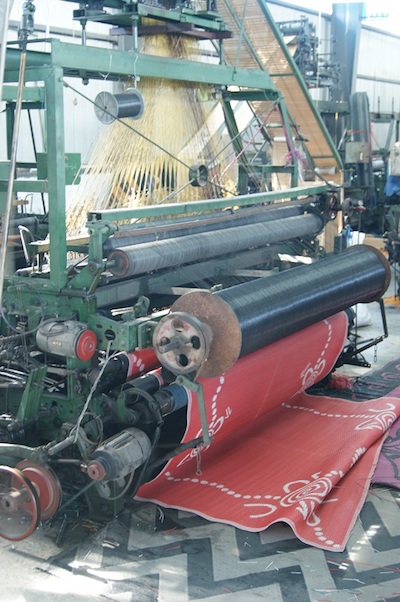
An electric loom weaves these threads into giant decorated panels. The final step is when the craftsmen and craftswomen trim and stitch the panels together and finish the ends with black tape. Finally, each plastic rug is folded and bundled up into a carry case, ready to go out into the world.
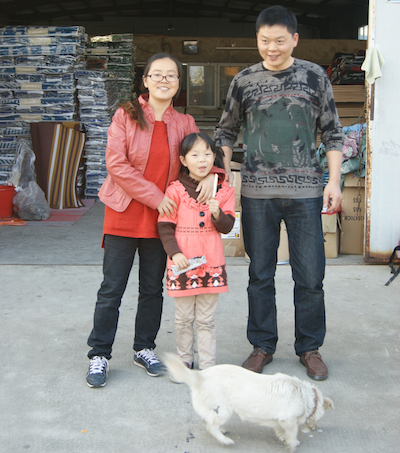
JJ and her team at Recycled Mats searched far and wide to find the right people and the right companies to manufacture the plastic mats, before finally settling on a family-owned factory in China. Cost of production was a factor of course, but more importantly, they could see great potential to bring positive change to many, many lives (as opposed to just one or two) by committing to long-term contracts with these businesses.
In just a few short years, JJ and her team can already see noticeable differences in the wellbeing and lifestyles of the craftsmen and women who work on the mats. Positive benefits include higher standards of living for the families and children. A rise in employment in the local community has also resulted from their manufacturing agreements with us.
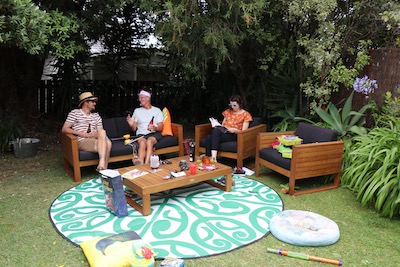
Our recycled woven plastic rugs are changing lives for the better, and every sale of a plastic rug bolsters our ability to bring even more positive change and development for their Indigenous artists, and those behing the manufacturing, including local families, and communities.
It's now 2023 - read all about Recycled Mats' circular economy plight and how we are working on a solution to transform your unwanted mats!
Thank you. Your support is everything.